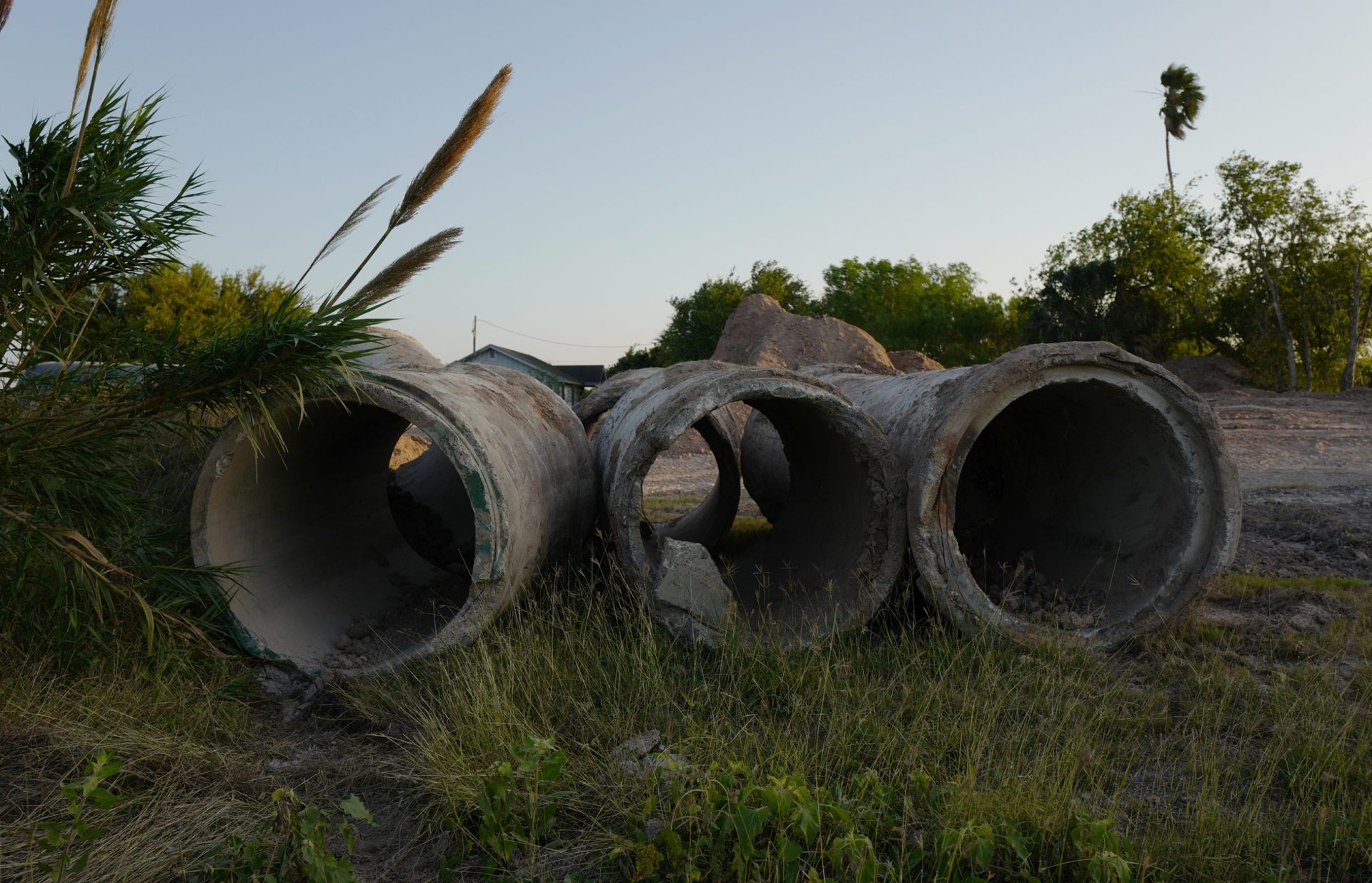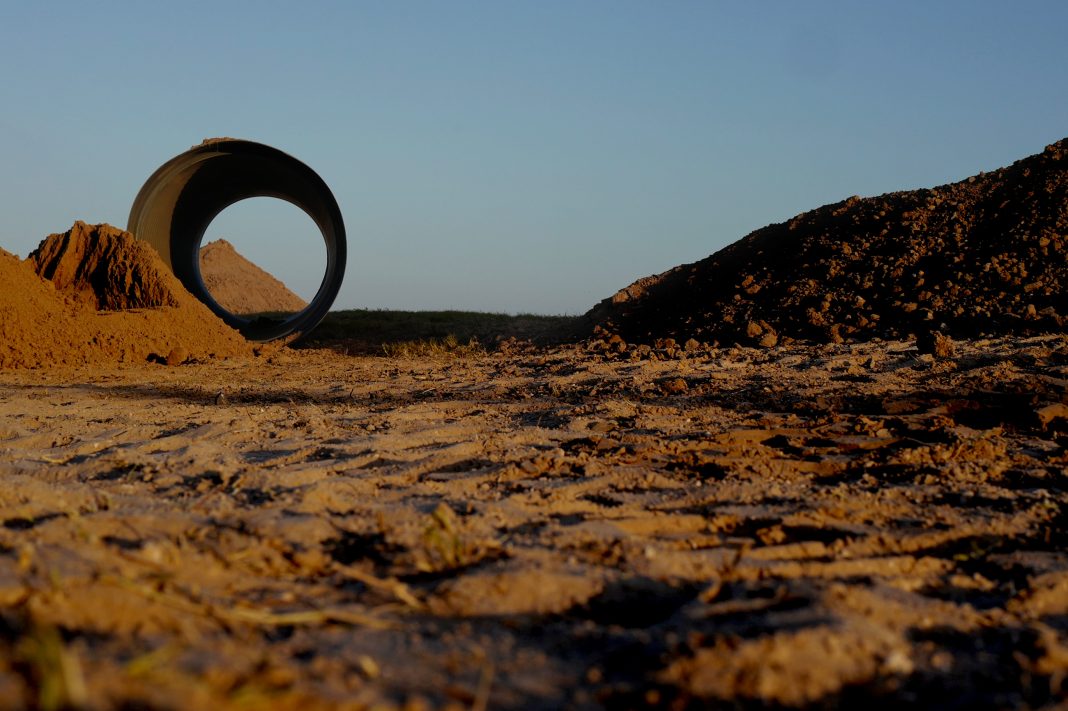MERCEDES — Hidalgo County officials are hoping residents will show their support at the ballot box this May for a $195 million bond issuance — a nine-figure debt meant to fund drainage infrastructure improvements that will come at no added burden to the taxpayer.
The money will go toward funding 26 drainage improvement projects throughout Hidalgo County Drainage District No. 1, which stretches north-to-south from Farm-to-Market Road 490 outside Edinburg to the banks of the Rio Grande, and west-to-east from Tom Gill Road in Peñitas to East Mile 3 Road in rural Mercedes.
And, unlike the $180 million bond that Hidalgo County voters approved in November 2018 — which came with a 3-cent increase in property taxes — the 2023 bond proposal will come at no added tax increase for residents, according to Hidalgo County Precinct 1 Commissioner David Fuentes.
“Our INS rate has the ability to absorb that $195 million in the next couple of years,” Fuentes said via phone Wednesday, referring to the portion of the county’s property tax revenues that go toward the so-called “interest and sinking fund,” which is used to pay public debt burdens.
Over the years, the drainage district — and by extension, the county — has been able to save a significant amount of money by taking advantage of historic lows in interest rates.
Those rates allowed them to finance the 2018 bond projects for much less than originally anticipated, Fuentes said.

The district gained additional financial flexibility by refinancing older debts before the repeated rate spikes of 2022.
“I think it’s a combination of being more savvy with the way that we refinanced a lot of our bonds over the last few years that allowed us to create some capacity within our tax rate to be able to absorb it all,” Fuentes said.
But before the drainage district can move forward on the projects, it needs the support of residents and their local leaders.
To that end, Fuentes and District General Manager Raul Sesin paid a visit to leaders in Donna and Mercedes on Tuesday to talk about the bond proposal.
“We’ve been very assertively improving the drainage of our county,” Sesin explained to the Mercedes City Commission.
The district has leveraged funds from the 2018 bond issuance, as well as state and federal dollars awarded via the Texas General Land Office and FEMA, Sesin said.
“We have an immense need for improvement of our infrastructure — approximately over $2 billion of need … in our county. So that’s a great need that we have to consider and keep pushing forward towards,” Sesin said.

While the majority of the 37 projects from the 2018 bond issuance went toward making localized improvements primarily in the Mid-Valley and Delta region, the 2023 bond proposal has a more regional approach.
Some of the largest dollar allocations will go toward improving various aspects of the county’s “Main Drain,” which is responsible for carrying stormwater runoff from the heart of Hidalgo County eastward toward Willacy County.
Officials have earmarked more than $17 million to fund work at the North Main Drain III and I, and another $15.85 million at the North Main Drain I, according to Sesin’s presentation.
More than $23 million will go toward funding what is described as “Ditch 1.9, 2, and 4a (in) La Villa/Edcouch/Elsa.”
Another $11.5 million would go toward improvements at the South Main Drain, $15 million toward the Raymondville Drain, and $15 million at the Delta Regional Water Management system, which includes a 225-acre detention facility north of La Villa.
Fuentes is particularly excited about the Delta project site, which officials are currently working to turn into the first water runoff detention facility in the state to become a water producer.
Currently, any water runoff from storms, agricultural or urban use makes its way through the drainage systems that crisscross the Rio Grande Valley toward outfalls in the Laguna Madre.
Fuentes hopes the Delta Reclamation project will one day be able to capture those tens of thousands of gallons of runoff and put them back into circulation as potable water.

The project could one day produce up to 5 million gallons of raw water per day, the commissioner said.
But it would require a separate funding stream since the drainage district doesn’t qualify for funds to treat water, Fuentes said.
Nonetheless, the drainage district has been taking steps to prepare for the day the project comes to fruition, including working with the Texas Commission on Environmental Quality to see what requirements would have to be met to become a water supplier.
The drainage district has been taking those steps in parallel with its efforts to fund improvements at the Delta Reclamation facility and other infrastructure projects.
Ultimately, it will be up to Hidalgo County voters to decide.
Early voting begins April 24, and Election Day will be May 6.
RELATED READING:
Hidalgo County celebrates $3.7M investment for North Main drainage project




